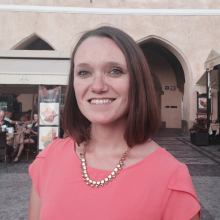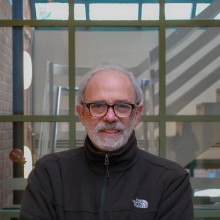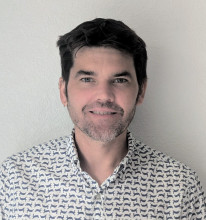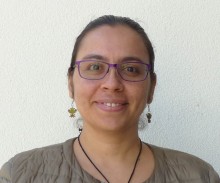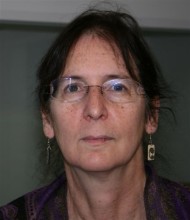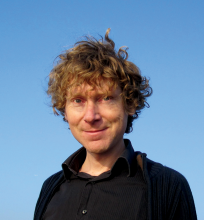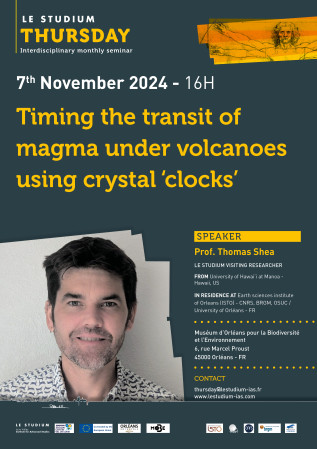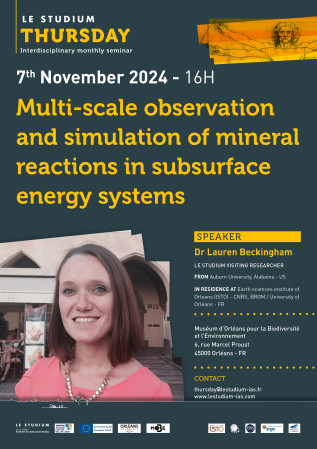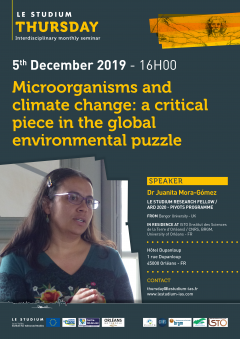Earth sciences institute of Orleans (ISTO)


1A rue de la Férollerie
CS 20066
Orléans 45071
France
ISTO is dedicated to quantify mass transfer, rock deformation and geo-fluid flow (water, gas, magma), which characterize the dynamics of the Earth’s envelopes from mantle to surface and atmosphere. Our research activities explore a wide range of pressure and temperature conditions, and a variety of compositions and reservoirs. All research activities follow the same logic:
- Studies centered on the basic mechanisms of Earth’s dynamics and their interlinked processes
- A methodology directed to laboratory experiments designed as analogs to reference situations or sites, and coupled with the development of conceptual and digital models
- And fields of application oriented towards the management and prediction of the evolution of natural (anthropized or not) environments. « Risk » is the relevant keyword, either environmental risks (e.g. mining sites, diffuse pollution), seismic risks (slow earthquakes, aseismic earthslides), or volcanic risks (eruptive crises). The challenges associated with the energy transition (e.g.: sub-surface storage, generation of H2 by geological materials) are also at the core of our activities.
Research topics:
Earth surface: continental biogeosystems & porous media groups
The focus is on the quantification of material flow and balance along the watershed-soil/river-aquifer continuum to conceptualize the processes that govern the spatio-temporal variability and dynamics of the critical zone, soils and sediments. Field observations, measurements by sensors, including innovative geophysical technologies, and an advanced expertise of the organic compartment, are combined with micro- and nano-laboratory models, controlled in geometry, composition (dissolved phases and suspended particles), surface state of minerals, and driving forces. Characterizing process coupling and scaling are two imperative objectives that underpin most of the projects. Targets are natural or anthropized environments, which may be subject of diffuse pollution, as well as those affected by the use of the subsoil to store heat, gas or waste, or to extract mineral resources, water, and/or energy.
Deep earth: metallogeny & geoenergy, geodynamics, and magma groups
The research aims at understanding the mechanisms and rates of trans-lithospheric mass transfer ensured by tectonic / hydrothermal / magmatic phenomena and their couplings. Our methods use high-pressure, high-temperature experimentation coupled with high-resolution elemental and isotopic compositional characterization, and/or geophysical measurements (deformation, permeability, electrical conductivity). These measurements are extended by numerical simulation to validate field observations. The scale of study varies from that of polycrystalline aggregates to the geological object in its geodynamic context. Our focus is to model the dynamics of magmatic reservoirs, hydrothermal systems, and ductile to brittle crustal deformation processes. Combined consideration of mechanical and geochemical consequences of the transfer of magmas, fluids, metals and heat, constitutes one of ISTO’s key strengths, making it possible to approach societal aspects linked to telluric risks and mineral and geothermal resources and more generally, to understand the differentiation of planetary envelopes and their secular evolution.
Experiments:
- Cold-seal (800°C – 3 kbar) and internally-heated (1400°C – 10 kbar) pressure vessels. Piston-Cylinder pressure apparatus (35 kbar - 1800°C). E (HT-HP)
- Micro-beam FTIR and Raman spectroscopy & X-ray absorption coupled to in situ HT-HP cells (1200°C, 2 kbars). HT-HP deformation (Hydrothermal cells: 500°C, 500 bars; Paterson: 1400°C, 3 kbars; Griggs: 1400°C, 40 kbars), with or without fluid circulation
- Ar-Ar and K-Ar age dating and processes tracing by noble gas isotopes
- Electron microprobe, LA-ICPMS, SEM-Raman, SEM-EDS/ XRF, EBSD, X-ray micro-tomography
- Impedance/electrical conductivity HP-HT. LC-irMS, HPLC, Py-GC-MS, HR-ICP-MS, GC-MS, GC-IrMS, elemental analyser (CHNS/O and COD/NT), organic petrography, Rock Eval.
- Oedometry
- Micro/nano-fluid analysis






